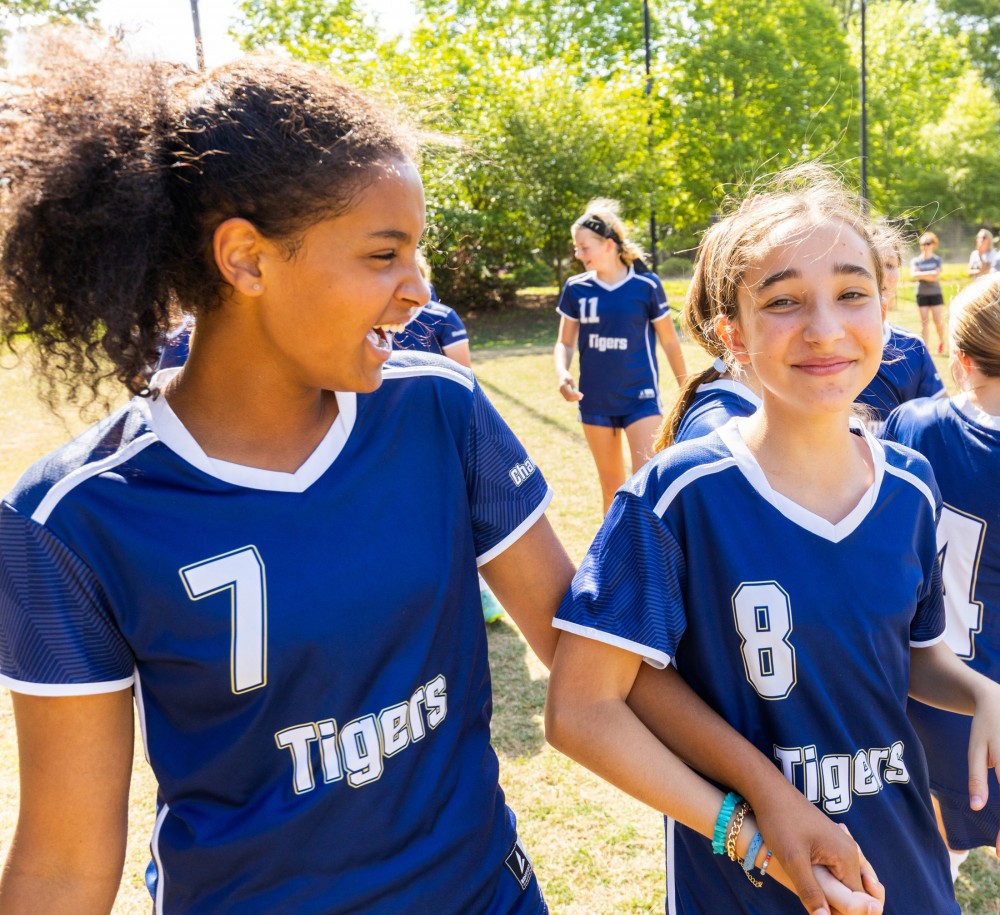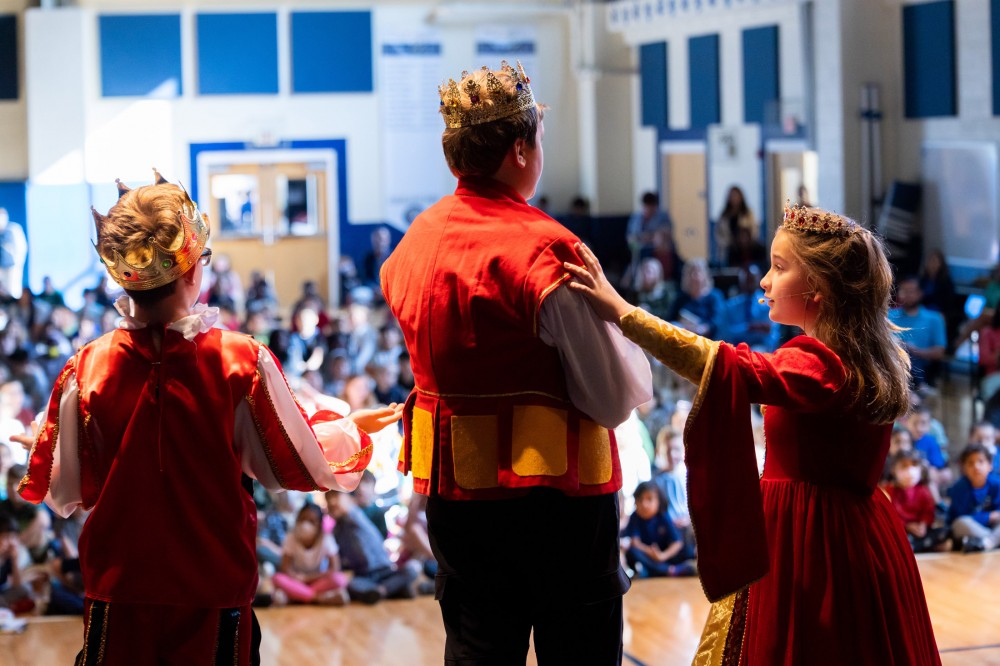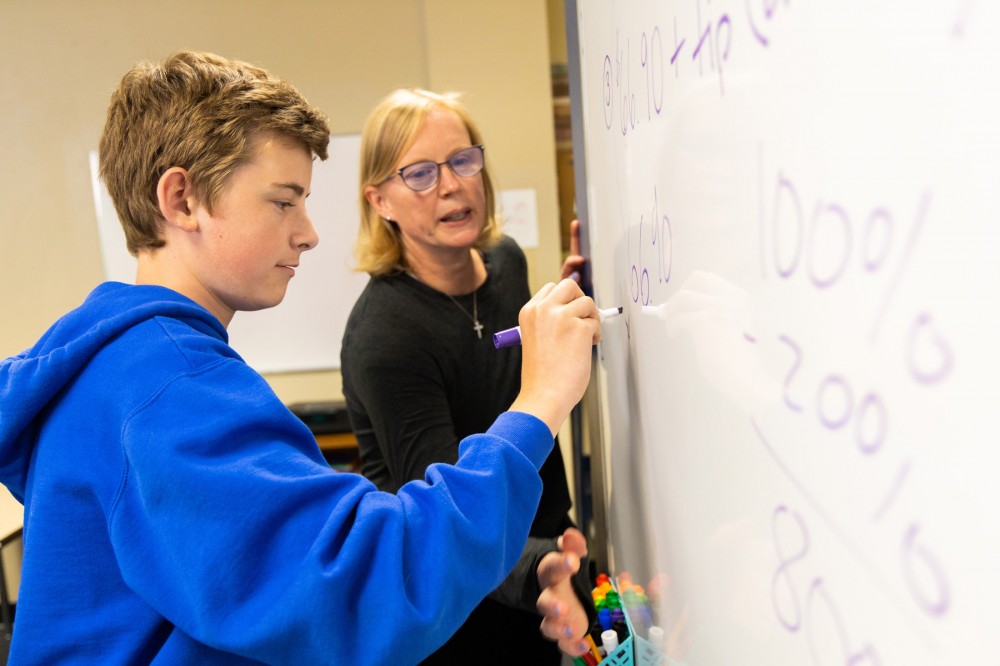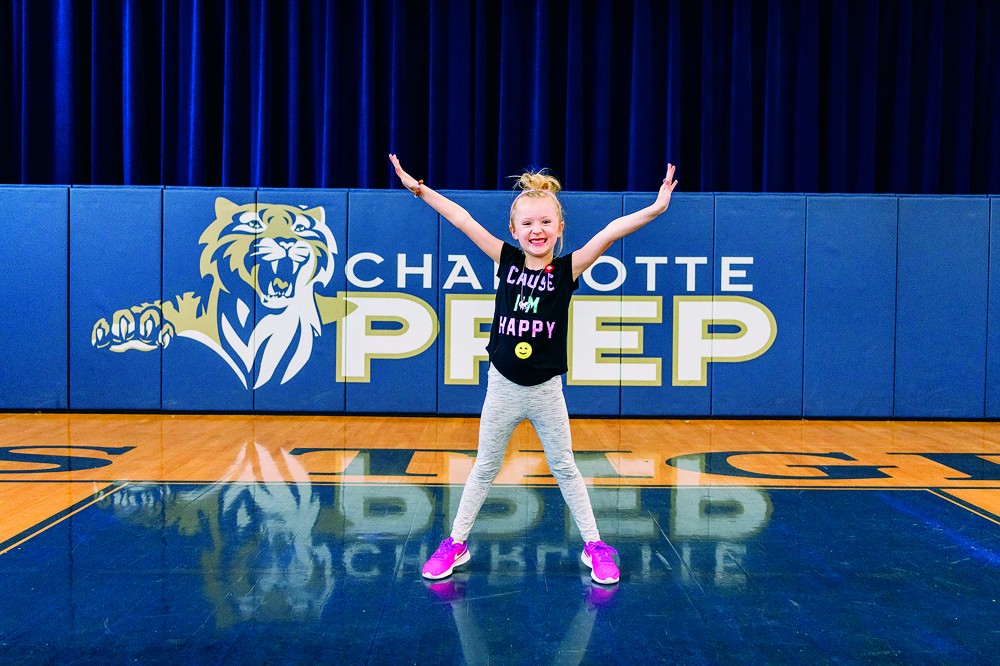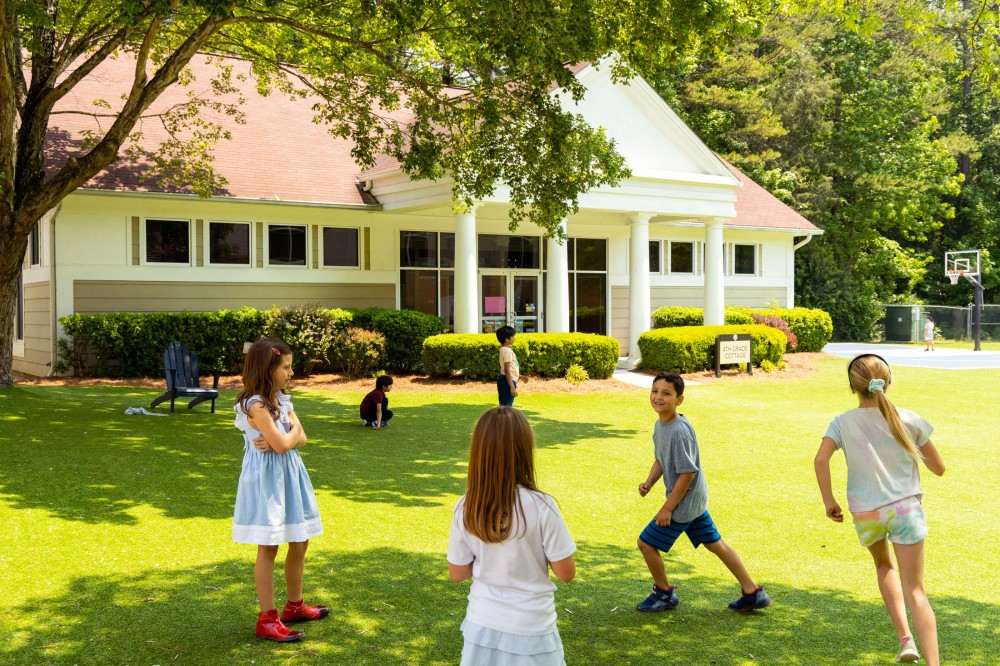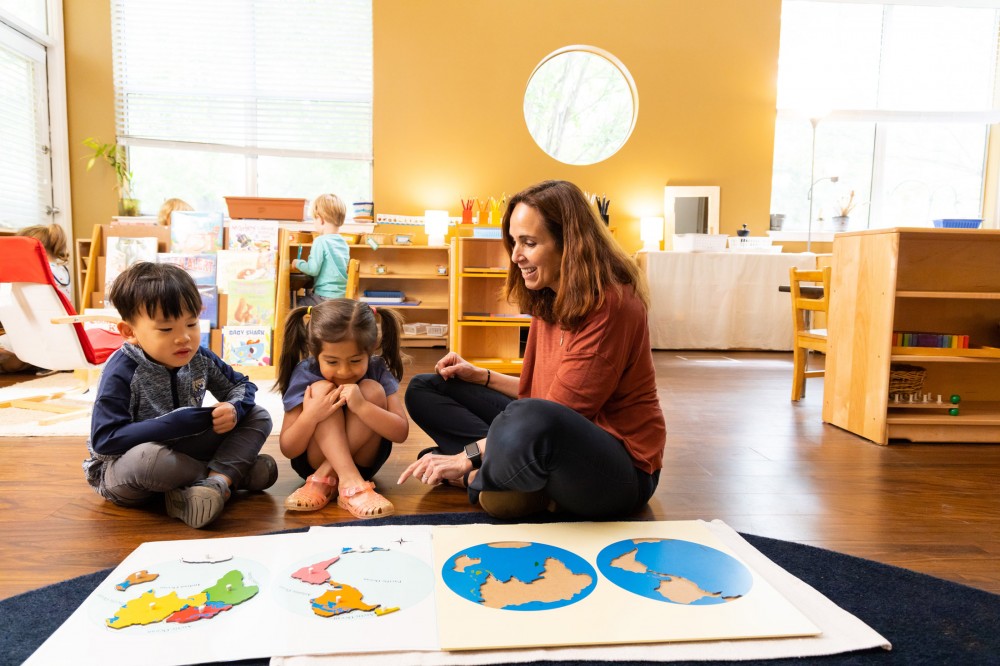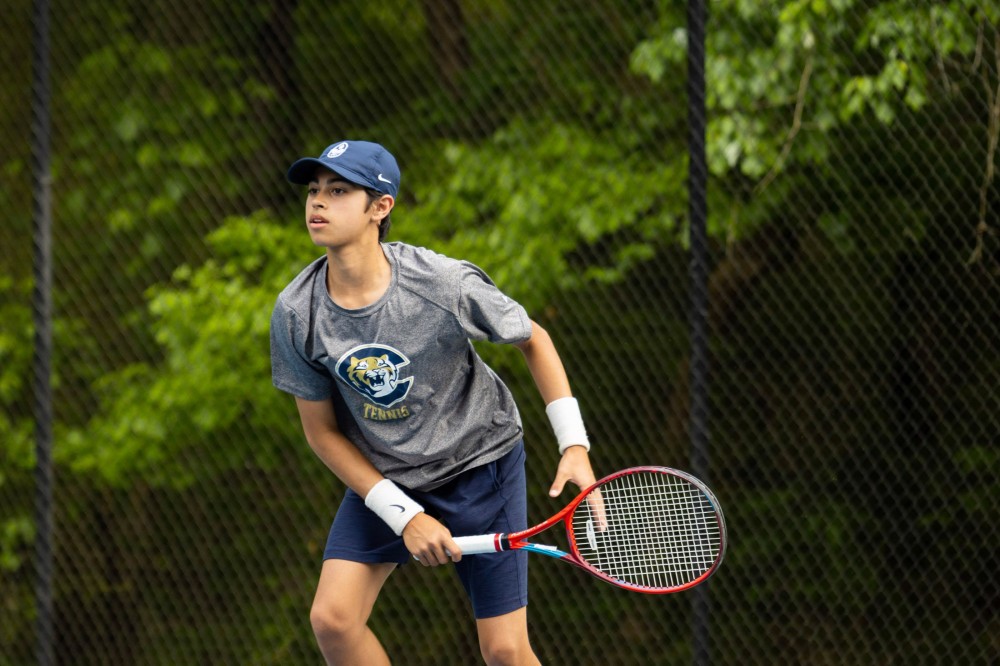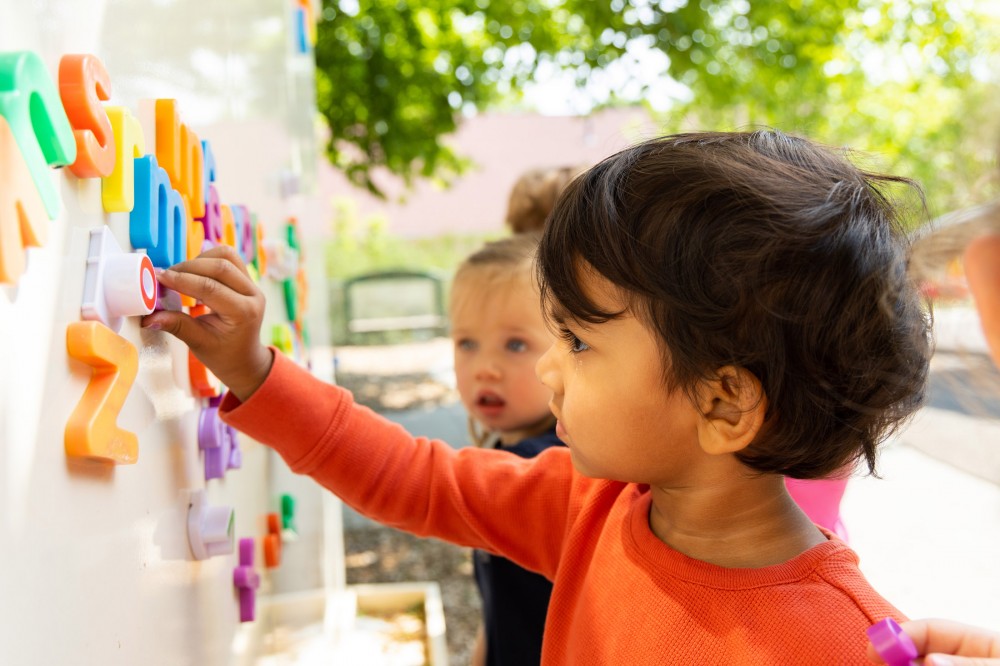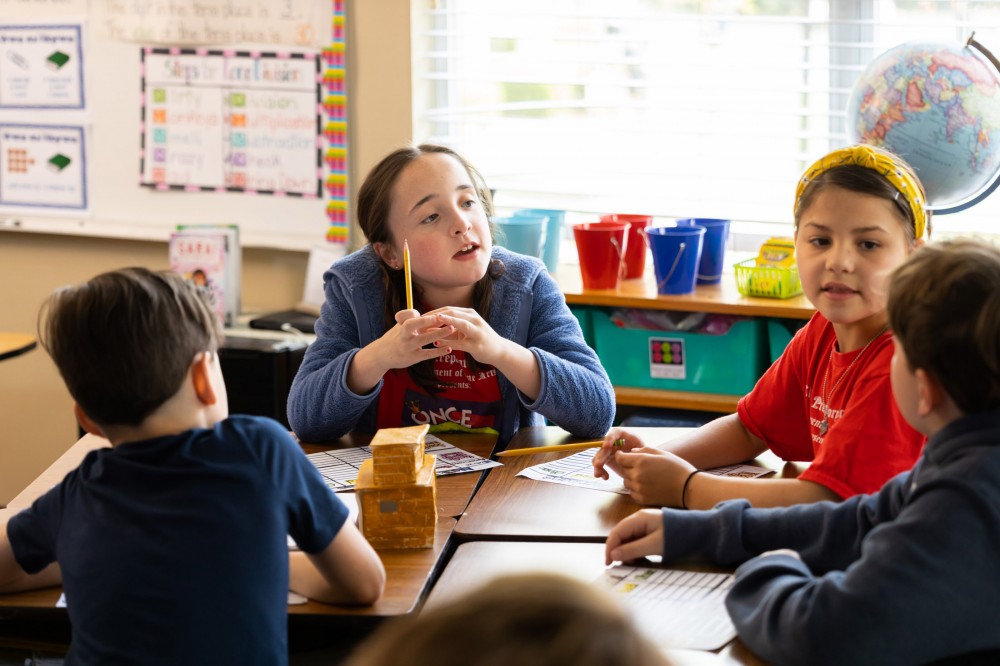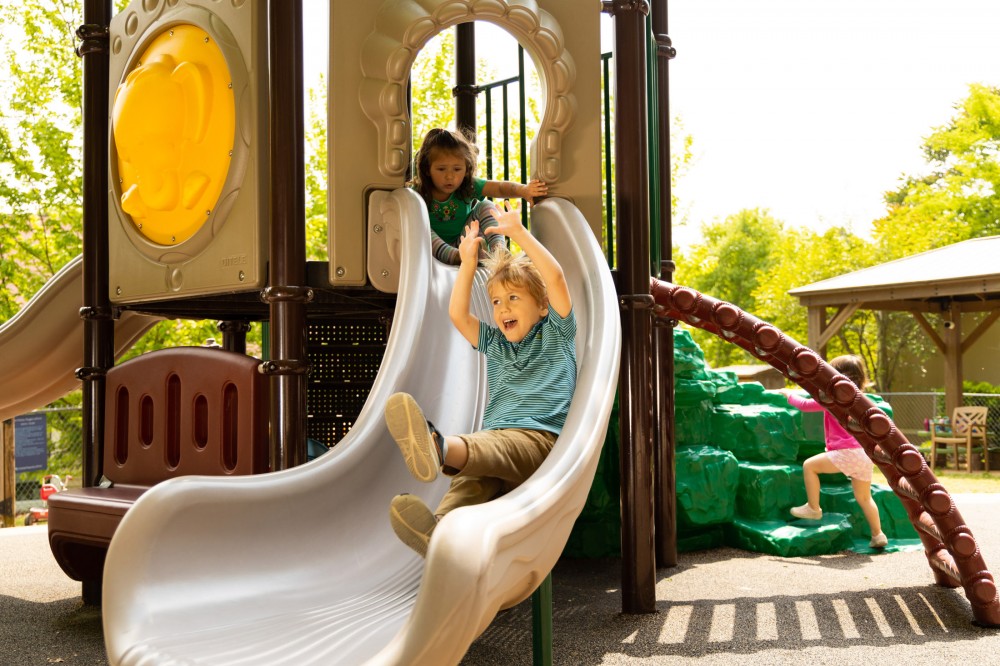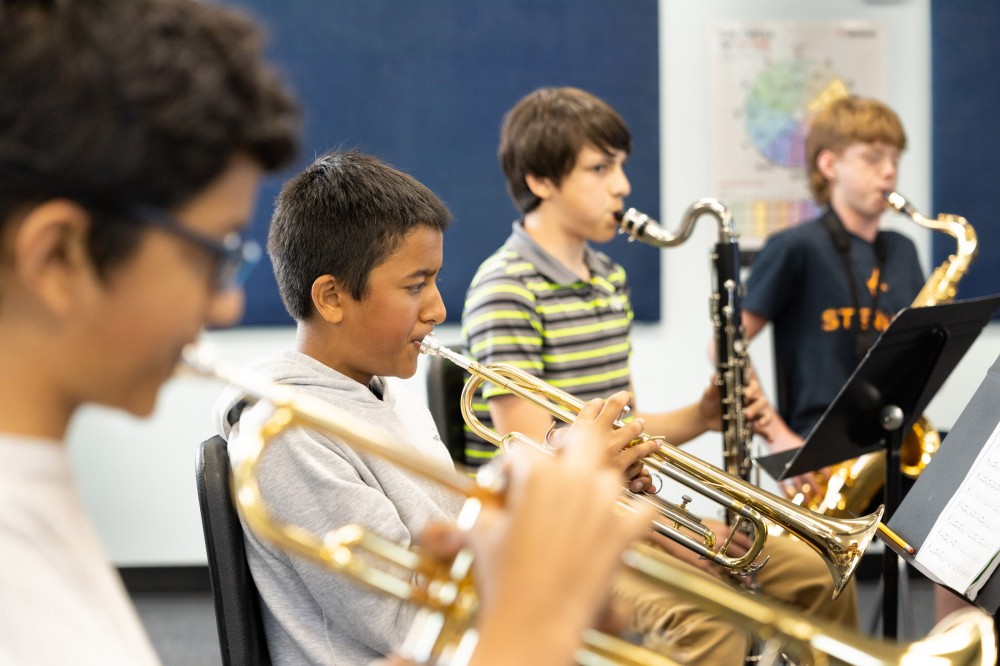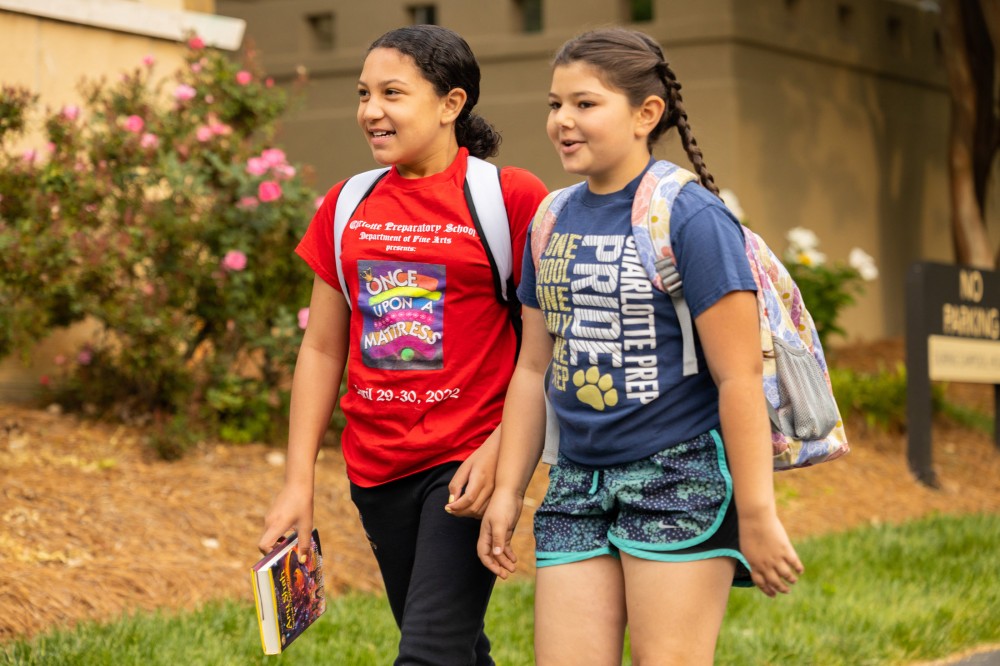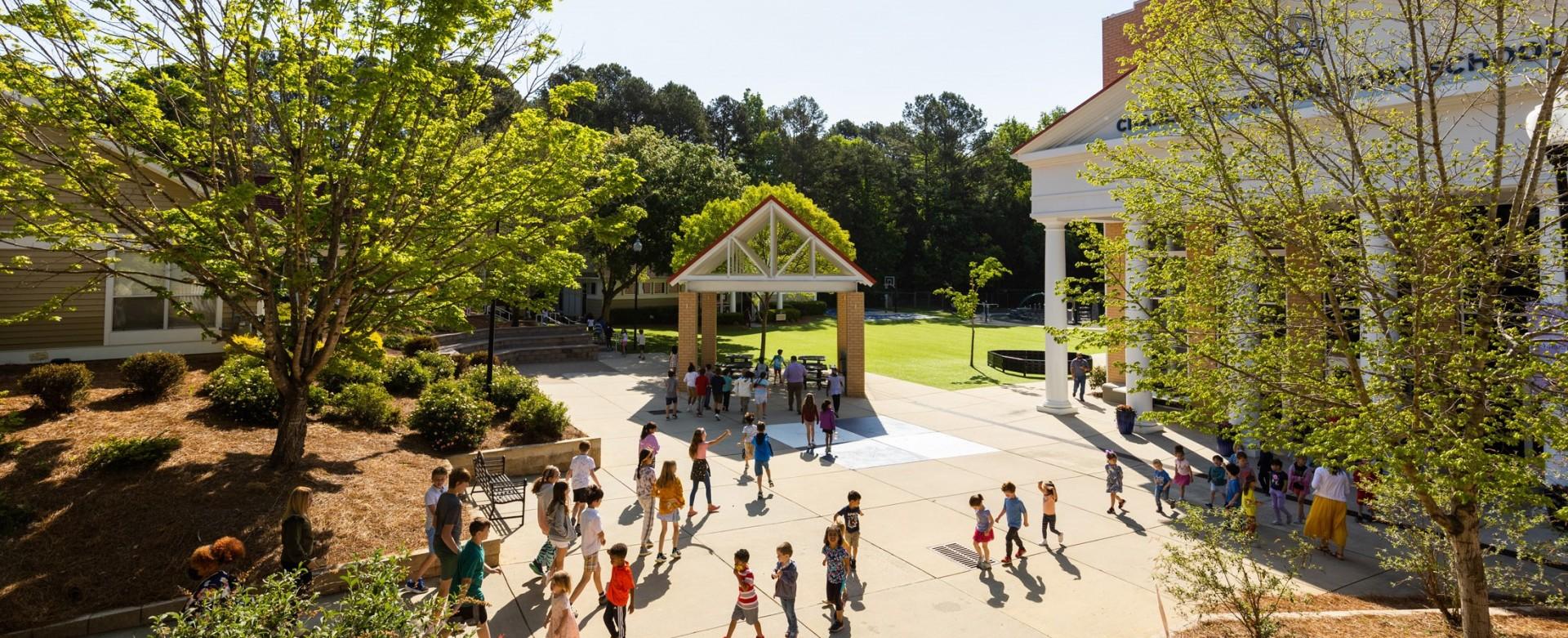Teaching Children to Value What They Have
March 13th, 2025
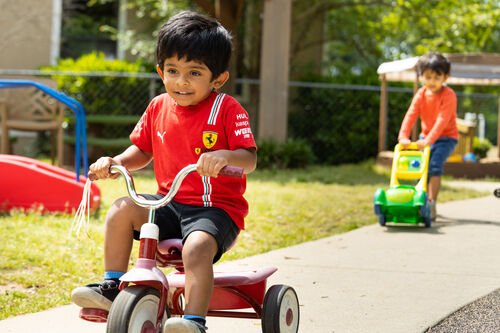 When I was 12, there was a bike that most kids coveted: a Schwinn Varsity. They came in typical 70s colors: bright green and red, powder blue, gold, and had—wait for it—10 speeds. One of my friends was the first of our gang to get one, and we were all jealous. Until the day we decided to ride our bikes to the top of a parking garage and race to the bottom. Of course, we wore no helmets—they were just not a thing back then. My friend won the race, and then, well, tragedy. He crashed his brand-new bike. His pride was hurt, but he was fine, and he was very upset his new bike was damaged. Did his parents fix his bike for him or buy him a new one? No. My friend had to push the derailer back into place, reset the handlebars, and live with the scratches on his beloved bike.
When I was 12, there was a bike that most kids coveted: a Schwinn Varsity. They came in typical 70s colors: bright green and red, powder blue, gold, and had—wait for it—10 speeds. One of my friends was the first of our gang to get one, and we were all jealous. Until the day we decided to ride our bikes to the top of a parking garage and race to the bottom. Of course, we wore no helmets—they were just not a thing back then. My friend won the race, and then, well, tragedy. He crashed his brand-new bike. His pride was hurt, but he was fine, and he was very upset his new bike was damaged. Did his parents fix his bike for him or buy him a new one? No. My friend had to push the derailer back into place, reset the handlebars, and live with the scratches on his beloved bike.
I came from a middle-class neighborhood, and my friends and I had what we needed but did not have excessive possessions. Once we got things, we tended to keep them. We learned how to oil and break in our baseball gloves and truly valued them once they were good and used. We shaped our street hockey sticks to the perfect angle to ensure a wicked slap shot; a brand-new hockey stick was of limited value. Model trains were passed down from an older to a younger sibling. These were just the norms of my time.
In our age of consumption and abundance, where objects are often not made to last, we develop a very transitory and transactional relationship with things. If objects break, we throw them out. We get used to materials that feel cheap and often function poorly. Children, because they are so impressionable, internalize these norms and can develop an unhealthy relationship with their possessions.
Accordingly, it can be beneficial to teach children how to make things last, to fix things instead of throwing them out, and to lovingly care for a treasured object in the hope it will last a very long time. These activities all reinforce positive values such as sustainability, responsibility, and initiative. When we take the next step and teach children how to make things themselves, they acquire even greater skills and confidence, and these can be great activities for parents and children to do together.
More News from Charlotte Prep
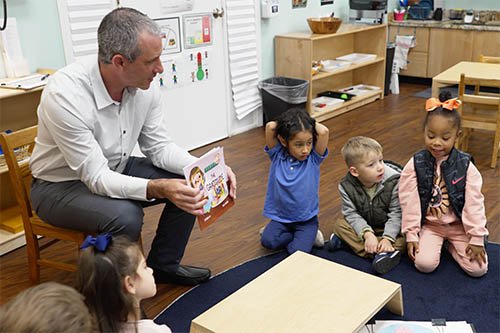 Nov11A Season for Gratitude
Nov11A Season for GratitudeAs we welcome this season of giving thanks and giving back, I couldn’t help but draw parallels between the themes The Gratitude Jar and our mission at Charlotte Prep.
See Details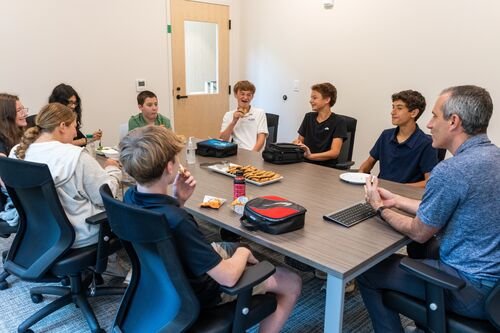 Oct23Building a Culture of Feedback
Oct23Building a Culture of FeedbackSince I arrived at Prep, I have been pondering the question: how does a head of school help build a robust school culture? I believe one of our most powerful tools for this purpose is fostering a continuous feedback loop that includes our students and faculty.
See Details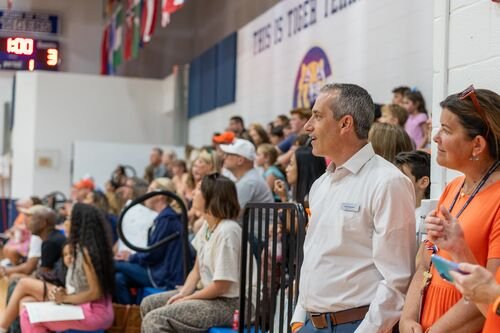 Sep25First Impressions: What does community mean at Prep?
Sep25First Impressions: What does community mean at Prep?In my first month, I have conducted over thirty 1:1 meetings with faculty/staff, had lunch with nearly every 8th grader, and attended countless Prep events in search of the answer to the question “What does community mean at Prep?”
See Details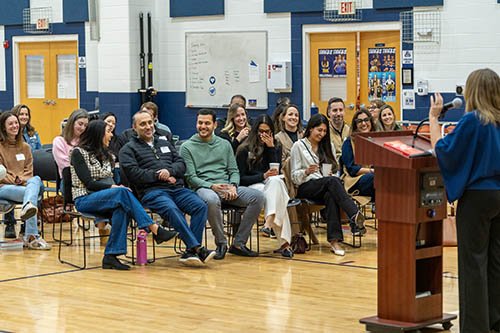 Sep10A Community of Lifelong Learners
Sep10A Community of Lifelong LearnersAt Charlotte Prep, parents are an essential part of the circle of learning. Just as we encourage students to be lifelong learners, we invite parents to embrace learning.
See Details



